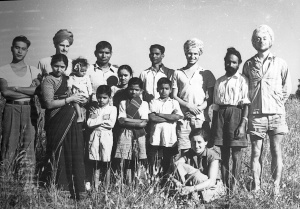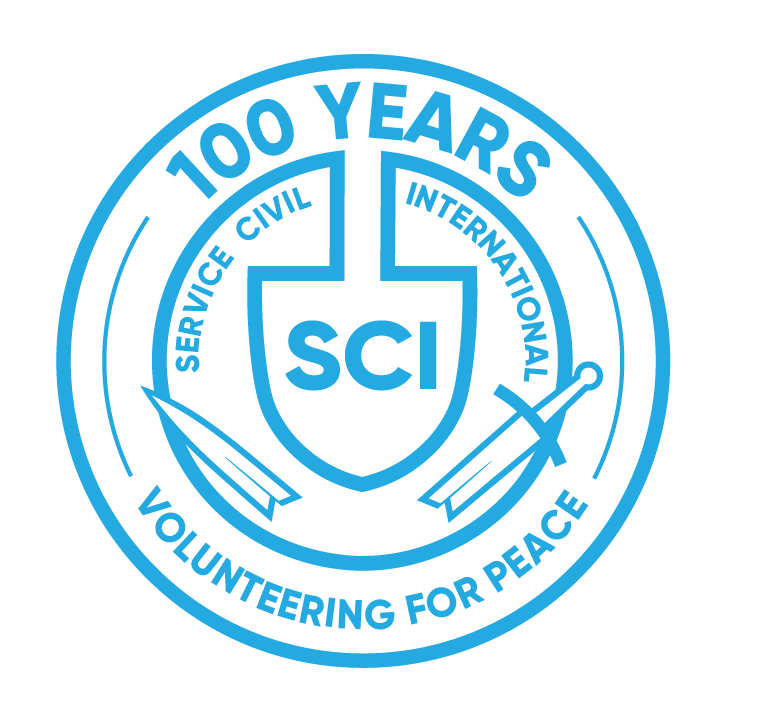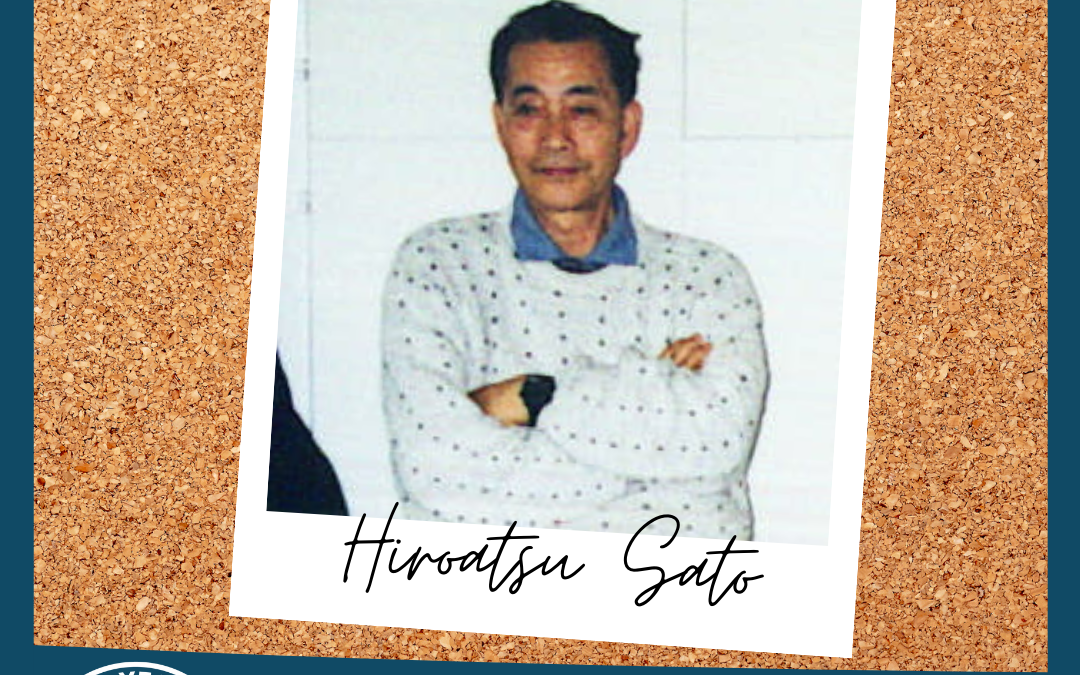Crucible /ˈkruː.sɪ.bəl/
A situation of severe trial, or in which different elements interact, leading to the creation of something new.
Sato came of age in a country struggling to rebuild after two decades of disastrous wars. As a schoolboy, he believed in Japan’s mission in the world: to prevent China from being carved up by Western nations, to liberate colonies, to ensure unhindered access to oil, and to develop a co-prosperity sphere in Asia. In 1935, his family accompanied his father, a respected professor, and believer in Japan’s mission, to Manchuria where he would design a secondary education system. Sato spent most of his primary school years there, in a Japanese enclave, but gradually the reality of Japanese military tactics in China cracked the façade of idealistic intentions. After his father protested, he was fired and was forced to evacuate his family on his own through the Korean peninsula onto a boat for Japan during the height of the war. Later this was seen as a blessing in disguise because colleagues who had remained were imprisoned by the Soviets. However being uprooted, and thrust back into Tokyo, under almost daily bombardment by American B-29s, had a lasting impact on Sato’s psyche.
“This was the crucible in which Sato’s trust, his beliefs, and his resolve were formed.”
Sato turned 15 just after the war ended – a year short of being pressed into military service to defend the homeland against the American devils. His class was sharpening bamboo sticks to use in their defense. The myth of Japan’s invulnerability included the belief that their islands were divinely protected, proof of which they had never lost a war nor been occupied. Much of what Sato had believed in – or had bought into – was shattered. He realized that the public had been duped. Under the guise of just sounding slogans, leaders had been consolidating their power and became as ruthless, rapacious, and inhumane as those they set about replacing. That loss of innocence combined with the severe hardships of never having enough to eat, his father’s loss of employment (he was put on a list of collaborators after the war and barred from teaching) intensified his sense of struggle. His eldest sister died of tuberculosis, followed soon after by his father’s fatal stroke. The life insurance proceeds, meant to take care of the family lasted only two months because of rampant inflation. Sato had just been admitted to the prestigious Tokyo University (Japan’s equivalent of Oxford or Harvard) School of Foreign studies that trained diplomats and bureaucrats. Through the help of government subsidies, former colleagues and students of his father, and part-time jobs both Sato and his younger brother completed university. This was the crucible in which Sato’s trust, his beliefs, and his resolve were formed.
LTV to India, 1956-1958
“First, he had to face censure from his extended family for relinquishing his responsibilities as the eldest son, giving up the traditional career path that his education had guaranteed, and becoming a volunteer.”
India became his first window into the new world. Attracted by Gandhi’s practice of non-violence and a non-military approach to attaining independence, he joined a Gandhian study group in Tokyo. From this group, a Japanese parliamentarian, Madam Kora who knew international SCI, recruited promising young Japanese for LTV (long-term volunteer) service in India. Seiji Maie was the first Japanese recruited in the early 50s, and 1-2 other Japanese went out every 18-24 months. Sato began the process of applying for a visa ten years after the war ended, 1955. First, he had to face censure from his extended family for relinquishing his responsibilities as the eldest son, giving up the traditional career path that his education had guaranteed, and becoming a volunteer. But his crucible had propelled him to another level of responsibility – beyond family or country to that of a citizen of the world.
“A factor that obviously struck Sato then, as he referred to it often, was the range of contacts – from very high government officials to lowly farmers – from lavish receptions to a tumbler of hot milk.”
Strict foreign exchange controls limited travel abroad to businessmen and government officials. Sato’s travel to India, by freighter to Calcutta, was paid for from a grant given to SCI to send 2 Japanese to the Kengeri Training Workcamp sponsored by CCIVS (Coordinating Committee for International Voluntary Service) in the southern state of Mysore (now Karnataka). Knowing that CCIVS had some relationship with UNESCO, Sato thought this was some high-powered meeting. He brought with him a small metal trunk and 1 metal suitcase, packed with white shirts, 2 suits, work clothes and all sorts of supplies. Instead of a high-powered meeting, he found the most diverse group of people he had ever met and he marvelled at how hard everyone worked. There was someone from the Philippines, from Indonesia, an American couple, Henriette from the Netherlands (the other SCI LTV), Hans Peter Muller, Jean Bazinet, Indra Paul Singh, Indian SCI member, and teacher, as part of the assemblage. After the workcamp, CCIVS took them on a study tour, introducing them to other projects and tourist sites. A factor that obviously struck Sato then, as he referred to it often, was the range of contacts – from very high government officials to lowly farmers – from lavish receptions to a tumbler of hot milk. He learned to be at ease in all situations and find the common humanity – often harder with officials. It was a life-long lesson.
In the `50s the LTV’s role was to be in all the workcamps organized, and be available to give talks to local groups and student groups but in between, one could pursue their own program. Sato spent time at Sevagram (Gandhi’s Ashram) and also joined a month-long walk (pady yatra) led by Vinoba Bhave who followed Gandhian principles. He was collecting land, the Bhoodan movement, to redistribute to the landless and his appeal to landowners was to treat him as another son. Sato was absorbing rural India but felt a big handicap in not speaking Hindi or fluent English. The utility of a workcamp was reinforced for him because their language did not matter.
From Phyllis, his future wife’s perspective
In March 1957 at a workcamp in Orissa state, I (his future wife) joined up with the SCI team, having finally been granted a visa, and met Sato for the first time. Although he had majored in English studies at university, his spoken English was very limited. Later he told me listening and speaking English was his most tiring activity but trumping that was his frustration at not being able to communicate. Since I had spent some time in England with another SCI Japanese with very poor English, somehow I was used to the accent and incomplete sentences. Sato wanted to participate in some of the evening programs beyond singing ‘Moon Over Ancient Castle’ in Japanese when we shared information about our countries. One-to-one, without time pressure, he said it was easier to express himself, so he requested that I take notes and then present Japan to the other workcampers. With increased opportunity and my patience, he became more fluent and soon dispensed with a spokesperson and the hint of his persona as Asian spokesperson in SCI meetings emerged.

Service in Warora Anandwan 1956
In 1956-57, LTVs were given a pocket allowance of Rs. 20, around $4 monthly, and when travelling a food allowance of Rs. 2/8 annas (before going on the decimal system). Sato was a smoker and virtually all of his pocket money went to cigarettes. At that time there was a lot of counterfeiting of both coins and bills so one needed to learn how to test coins and examine bills. Unfortunately, Sato had been given an Rs.20 bill that all the vendors refused, but he was desperate because he needed that money. We hatched a plan that the next time we were in Delhi and in Connaught Place where one could find nice restaurants that were dimly lit, we would pass on this bill. Our plan was successful and the relief and happiness remain vivid memories.
Another vivid memory was crossing no man’s land into Pakistan in 1957. Foreigners could still travel overland from Europe to India and some took buses or cars or even hitchhiked, though the Kyber Pass was noted to be very dangerous. However, there was no direct route between India and Pakistan, so when Ethelwyn Best sent Sato and myself to Pakistan as the international representatives for a workcamp, we had to take a train to the border. Then we had to get down and walk across an empty patch to a guardhouse, and show our visas to the guards. We were the only ones, so over cups of tea, we were told what to see and told to separate as I must now travel only in the Ladies Compartment. In Karachi, we were recipients of the legendary hospitality and heard the reciprocal hardships caused by the Partition that uprooted so many people. There was a small, but vibrant SCI group with some returned from Europe, and there was hope for an exchange with India.

Phyllis and Sato in Karachi 1957
At our last workcamp in Srimadhopur (Rajasthan), a number of significant things happened. First of all, our replacements had arrived – Joop Koning from the Netherlands, Jean Sueur from Switzerland and Henri Majewski from France – and we realized that this ever-unfolding adventure was drawing to a close. This rare period of a somewhat vagabond existence was ending. We were valued just for ourselves or at least because we were foreigners, so we fulfilled expectations just by being. ‘pressure-free’. Additionally’ we felt we were old hands – having learned to bargain, how to stake out the wooden luggage racks as a berth on long train journeys, to carry water in earthen jugs to cool it. Sato said that he realized how little one needed to live on, especially in a tropical climate and that he could be at home in a variety of circumstances. Second, was the first contact with Valli Chari in her first workcamp. Sato was impressed by her ability to express herself without being too aggressive – independent but still Asian. She carried an enthusiasm for new concepts and special energy that also caught the visiting International Secretary’s, Dorothy Abbott Guiborat, attention. Sato also caught Dorothy’s attention. She encouraged Sato to organize a workcamp in Japan upon his return.
In the final weeks of our team in India, I had decided to return home via the Pacific, instead of Europe. We left Calcutta together bound for Yokohama on a British-India ship; he travelling deck class but with an upgrade to take Chinese meals, and me, allowed no lower than second class, but with a choice of Chinese meals. Rangoon (still open to foreigners), Penang, Singapore, and Hong Kong were our ports of call and helped us transition to the fast modernizing post-war Japan. He became a tour guide of Japan for me prior to my departure for the States. We both decided that this adventure could not end so I signed up to return to study Japanese in the fall, and married on my return.


